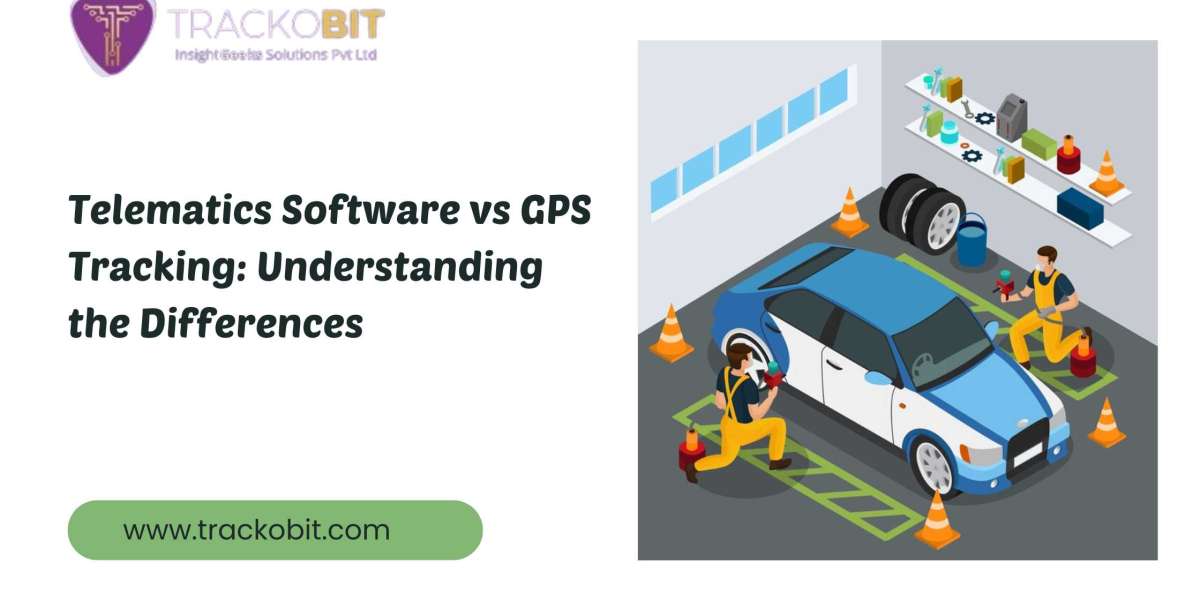Telematics software and GPS tracking are the basic elements of the whole fleet industry. This is mainly due to those platforms collecting and giving fast access to the managers.
Nevertheless, newer technology like automation, AI, and machine learning connect with fleet management to give insight and control of their fleets.
Businesses need to know the exact differences between these two. Why? Since it will help them avoid problems with the system to maximize fleet operations, achieve better fuel savings, and ensure road safety.
Telematics solution
Advanced telematics solutions is a concept that combines telecommunications and information processing with the gathering, transmission, and analysis of data.
Telematics devices do more than track vehicle location because they help monitor driver actions plus check vehicle health and functionality.
The system uses vehicle sensors to get data which it sends to an online database platform. The system uses different vehicle sensors to retrieve information about speed, fuel usage, engine health, vehicle routes, and maintenance notifications. These are the time-specific data that helps managers to understand the fleet better.
GPS fleet tracking software
GPS or Global Positioning System is a technology that allows the user to know the exact location of a place in the world. It functions with the help of a constellation of satellites located in the world's orbit.
The satellite sends back signals to GPS receivers which in equipment like smartphone navigation systems and vehicle navigation.
Once determining the time required for the signals from different satellites to reach the receiver. The transmitter, on the other hand, is able to calculate an accurate geographical location which is further displayed as coordinate pairs - latitude and longitude.
GPS provides navigation support that shows people the best paths to follow. It lets you find your desired destinations and shows which way to go.
Difference Between Telematics and GPS
Primary use
- Telematics Software
Telematics are a technology used for more than just the tracking of vehicles; it also allows data such as speed, engine status, and fuel use to be transmitted. A logistics company can use telematics data in the case of monitoring if a truck is idling too much thus wasting fuel and increasing the expenses unnecessarily.
- GPS fleet tracking
The basic function of GPS fleet tracking is to provide real-time tracking of vehicles. Now, let us imagine a delivery service that wants to figure out the real-time locations of its trucks to give the customers the most actual delivery updates. GPS tracking makes the work of the dispatch team more comfortable by enabling them to know the exact location of each truck on the map.
Fuel Tracking
- Telematics Software
It provides in-depth data about how the vehicle consumes the fuel, and how long the vehicle is in the parking area. It also reads whether the engine is on or not, and the driving habits that can lead to the waste of fuel. These data are a basis for the development of a particular cost-cutting solution.
- GPS fleet tracking
While it doesn't keep track of fuel usage directly, a GPS tracker can improve the fuel efficiency of the vehicle by identifying the most optimal route it can take.
Data Analytics
- Telematics Software
Video telematics software extracts a wider set of data including driver behavior, vehicle health, and so on. Thus, a fleet manager can problem-solve by analyzing patterns over time. It consists of reports on the drivers who unexpectedly apply hard brakes or constantly speed up the vehicle. It trains drivers specifically on safety practices to decrease the risk, and thus, the possibility of the vehicles' wear and tear.
- GPS fleet tracking
For instance, GPS is the technology for location data collection and analysis. This tracking can help in a situation where a construction company needs to make sure the vehicles are still in a specific area. Also, the GPS tracking system notifies the managers when the vehicles go out of this area.
Before You Go!
While telematics software and GPS fleet tracking are both important and necessary for operating a vehicle fleet nowadays, they still have different purposes.
GPS fleet tracking is of great help in real-time location tracking and telematics, on the other hand, gives a detailed analysis of vehicle performance, driver behavior, and the entire fleet efficiency optimization.
Bringing the features and qualities of both into a whole, the fleet managers can have a powerful system. So, it will be inclusive of everything which improves a decrease in costs and guarantees compliance and security.
Utilizing telematics solutions and GPS Tracking Software such as TrackoBit Navilap for businesses can lead to higher profits. With the software, you will be able to better manage your operations, save on expenses, and provide top-notch services to your customers.
Source: Telematics Software vs GPS Tracking: Understanding the Differences







